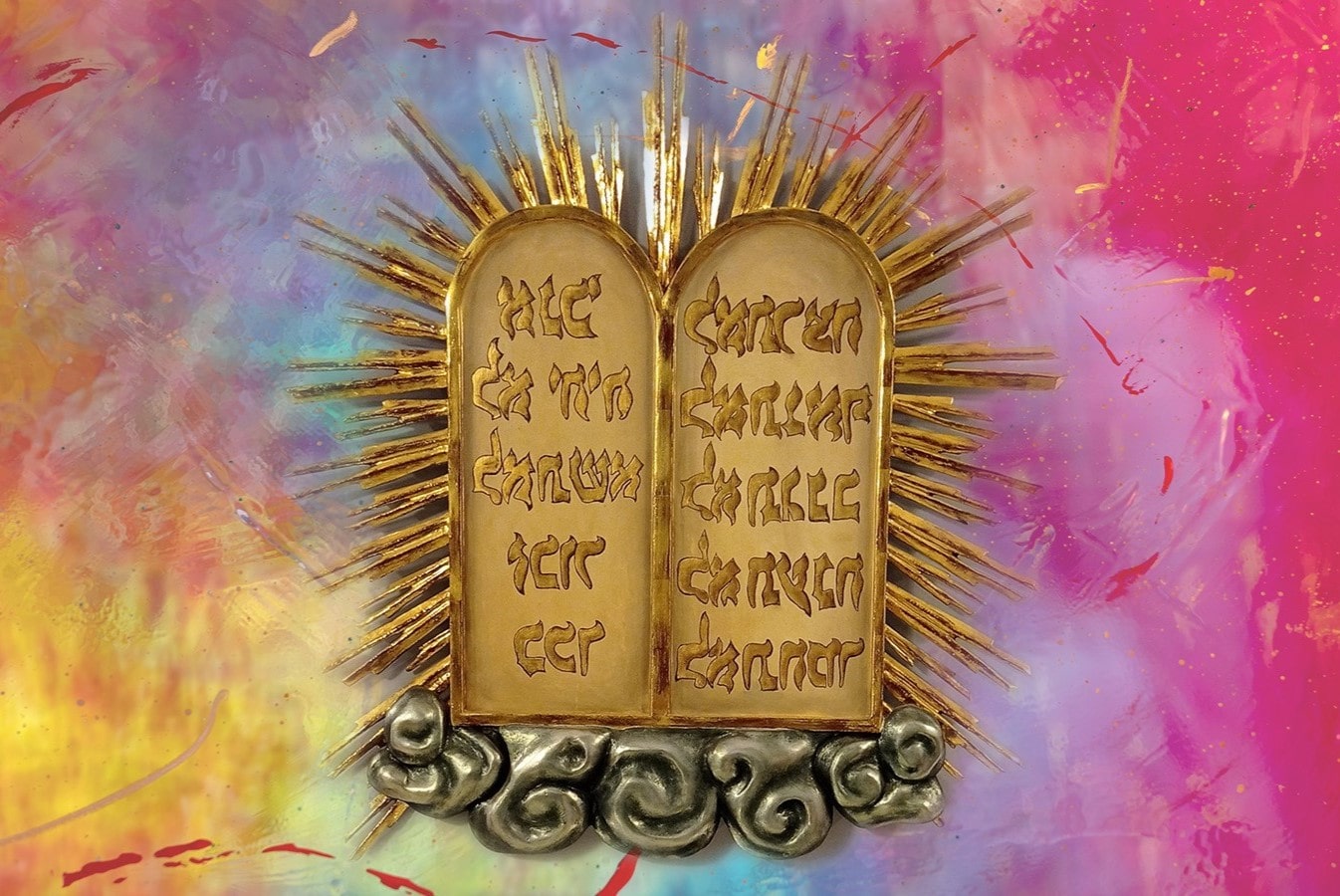
French Polynesia is a tropical paradise that many dream of visiting. But what makes this collection of islands so special? French Polynesia consists of 118 islands, including Tahiti, Bora Bora, and Moorea. These islands are scattered over 2,000 kilometers in the South Pacific Ocean. Known for its crystal-clear waters, vibrant coral reefs, and lush landscapes, this destination offers more than just stunning views. The culture is rich with traditions, from dance to tattoo art. The official language is French, but many locals speak Tahitian. The climate is tropical, making it perfect for year-round visits. Whether you're into snorkeling, hiking, or just relaxing on the beach, French Polynesia has something for everyone. Ready to learn more? Let's dive into 40 fascinating facts about this incredible place!
Geography and Nature
French Polynesia is a paradise on Earth, known for its stunning landscapes and unique biodiversity. Here are some fascinating facts about its geography and nature.
-
French Polynesia consists of 118 islands and atolls spread over an area of more than 2,000 kilometers in the South Pacific Ocean.
-
The islands are divided into five groups: the Society Islands, the Tuamotu Archipelago, the Gambier Islands, the Marquesas Islands, and the Austral Islands.
-
Bora Bora, one of the most famous islands, is often called the "Pearl of the Pacific" due to its breathtaking beauty.
-
The highest point in French Polynesia is Mount Orohena on Tahiti, which stands at 2,241 meters.
-
French Polynesia is home to some of the world's most diverse coral reefs, with over 800 species of fish and 200 species of coral.
History and Culture
The rich history and vibrant culture of French Polynesia are deeply rooted in its Polynesian heritage. Let's explore some intriguing historical and cultural facts.
-
The first settlers arrived in French Polynesia around 3,000 years ago, navigating vast ocean distances using stars and ocean currents.
-
Captain James Cook was one of the first Europeans to visit the islands in the 18th century.
-
French Polynesia became a French protectorate in 1842 and was later designated an overseas territory in 1946.
-
The traditional dance of French Polynesia, known as 'Ori Tahiti,' is a vibrant and expressive art form that tells stories through movement.
-
Tattooing is an ancient practice in French Polynesia, with intricate designs that often signify social status, heritage, and personal achievements.
Economy and Tourism
Tourism is a major part of French Polynesia's economy, but there's more to it than just beautiful beaches. Here are some economic and tourism-related facts.
-
French Polynesia's economy relies heavily on tourism, with over 200,000 visitors annually.
-
Black pearls, cultivated in the lagoons of the Tuamotu Archipelago, are one of the region's most valuable exports.
-
Vanilla is another important export product, with Tahitian vanilla being highly prized for its unique flavor and aroma.
-
The local currency is the CFP franc, which is also used in New Caledonia and Wallis and Futuna.
-
French Polynesia has a relatively high standard of living compared to other Pacific island nations, thanks to financial support from France.
Unique Wildlife
The islands of French Polynesia are home to a variety of unique wildlife species that can't be found anywhere else in the world. Here are some interesting facts about its fauna.
-
The Tiare Apetahi, a rare flower found only on the island of Raiatea, is known for its unique five-petal bloom.
-
The Tuamotu kingfisher, an endangered bird species, is native to the island of Niau in the Tuamotu Archipelago.
-
French Polynesia is home to the world's smallest dolphin species, the Hector's dolphin.
-
The islands are a sanctuary for humpback whales, which migrate to the warm waters to breed and give birth.
-
The Marquesan monarch, a critically endangered bird, is found only in the Marquesas Islands.
Festivals and Celebrations
French Polynesia is known for its lively festivals and celebrations, which showcase its rich cultural heritage. Here are some notable ones.
-
Heiva i Tahiti, held every July, is the largest and most important cultural festival in French Polynesia, featuring traditional dance, music, and sports.
-
The Hawaiki Nui Va'a is an annual outrigger canoe race that attracts participants from around the world.
-
The Matari'i i ni'a festival marks the start of the traditional Polynesian new year, celebrated with feasts and cultural performances.
-
The Tiare Tahiti Festival, held in December, celebrates the national flower with parades, contests, and floral displays.
-
The Marquesas Arts Festival, held every four years, showcases the unique art, dance, and music of the Marquesas Islands.
Food and Cuisine
French Polynesian cuisine is a delightful blend of Polynesian, French, and Chinese influences. Here are some tasty facts about its food.
-
Poisson cru, a dish made with raw fish marinated in lime juice and coconut milk, is a staple of Polynesian cuisine.
-
Breadfruit, known locally as 'uru,' is a traditional Polynesian food that can be baked, boiled, or fried.
-
Tahitian vanilla is often used in desserts and beverages, adding a unique flavor to dishes.
-
The traditional Polynesian oven, called an 'ahima'a,' is used to cook food underground using hot stones.
-
French Polynesia is famous for its tropical fruits, including papaya, mango, pineapple, and coconut.
Language and Communication
Language plays a crucial role in the daily life and culture of French Polynesia. Here are some facts about the languages spoken there.
-
French is the official language of French Polynesia, but Tahitian is widely spoken and taught in schools.
-
There are several Polynesian languages spoken across the islands, including Marquesan, Tuamotuan, and Mangarevan.
-
Many residents are bilingual, speaking both French and Tahitian fluently.
-
The Tahitian language has a rich oral tradition, with stories and legends passed down through generations.
-
Radio and television broadcasts are available in both French and Tahitian, ensuring that both languages remain vibrant.
Government and Politics
French Polynesia has a unique political status and governance structure. Here are some key facts about its government and politics.
-
French Polynesia is an overseas collectivity of France, with a high degree of autonomy in local affairs.
-
The President of French Polynesia is the head of government, elected by the Territorial Assembly.
-
The Territorial Assembly, consisting of 57 members, is the legislative body responsible for making local laws.
-
French Polynesia has representation in the French National Assembly and Senate, with two deputies and two senators.
-
The islands have their own flag, featuring a red and white background with a traditional Polynesian canoe and sun symbol.
Final Glimpse at French Polynesia
French Polynesia's rich culture, stunning landscapes, and unique traditions make it a fascinating destination. From the vibrant marine life to the ancient Polynesian customs, there's always something new to learn. The islands' history and diverse ecosystems offer endless opportunities for exploration. Whether you're intrigued by the mysterious tiki statues or the colorful coral reefs, French Polynesia never disappoints.
Understanding these 40 facts gives a deeper appreciation for this paradise on Earth. The blend of French and Polynesian influences creates a unique cultural tapestry that's both intriguing and beautiful. So, next time you think of a tropical getaway, remember the hidden gems and fascinating stories that French Polynesia holds. Dive into its wonders, and let the magic of these islands captivate your heart.
Was this page helpful?
Our commitment to delivering trustworthy and engaging content is at the heart of what we do. Each fact on our site is contributed by real users like you, bringing a wealth of diverse insights and information. To ensure the highest standards of accuracy and reliability, our dedicated editors meticulously review each submission. This process guarantees that the facts we share are not only fascinating but also credible. Trust in our commitment to quality and authenticity as you explore and learn with us.


